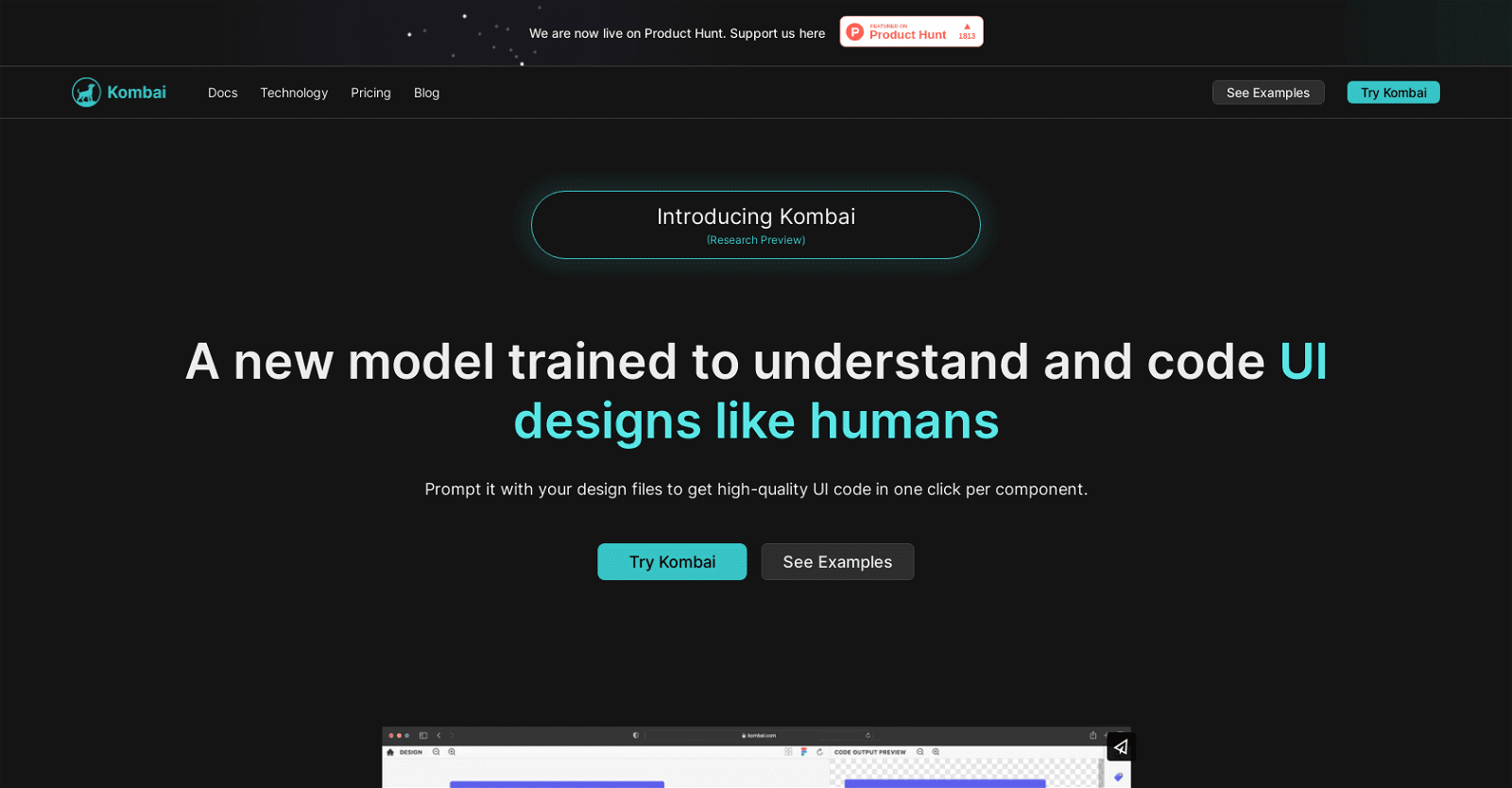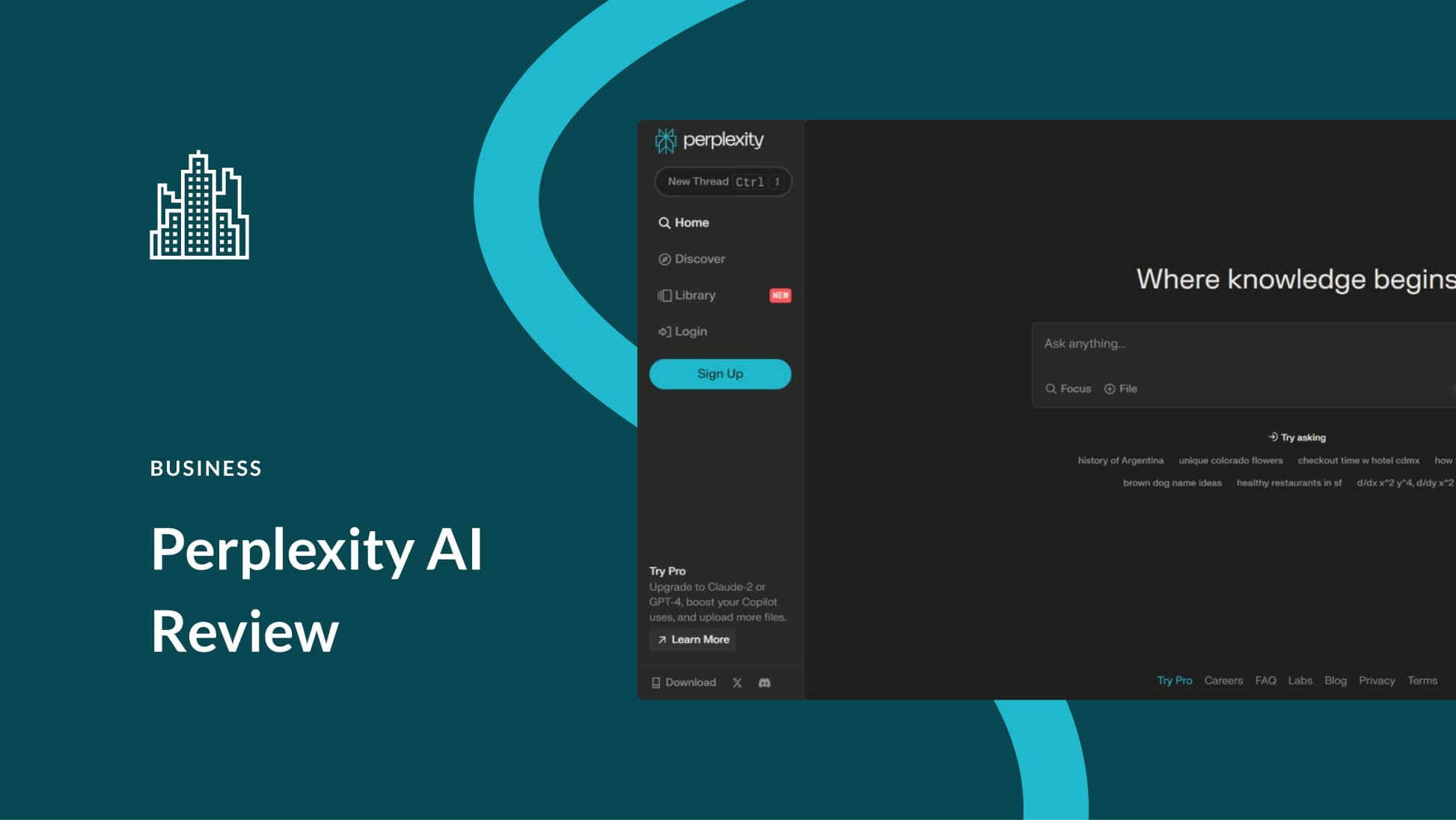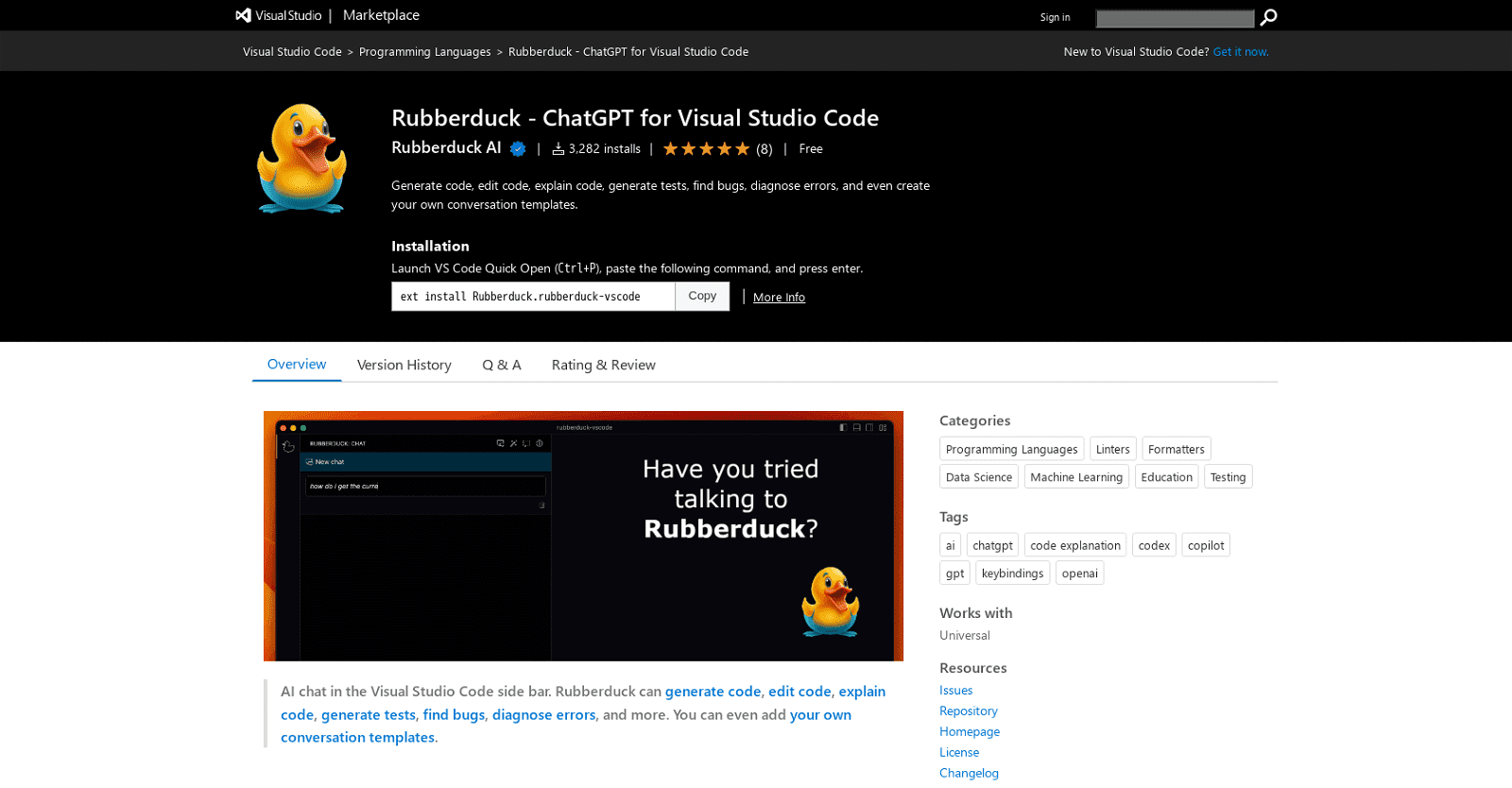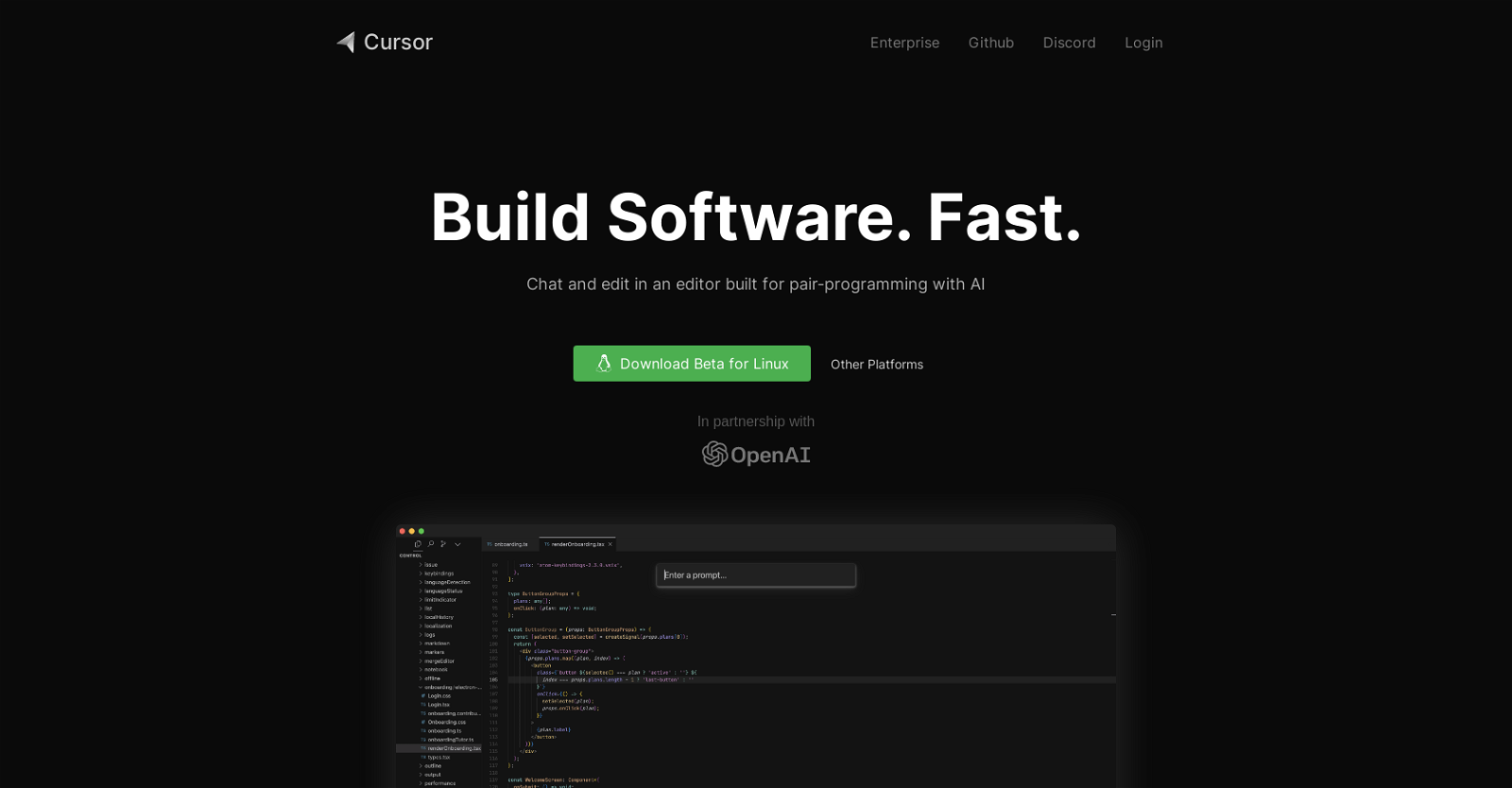Kombai revolutionizes the development handoff process by seamlessly converting Figma designs into high-quality front-end code with just a single click per component. This AI-powered tool is a game-changer for designers and developers, aiming to streamline workflows and save valuable time.
With Kombai, users can effortlessly transform their Figma designs into logical div-structures and React components, complete with human-like names for classes and components. It automatically generates CSS for flex, incorporating essential properties like flex-grow, flex-shrink, justify-content, align-items, gap, and padding, ensuring responsive and visually appealing layouts.
Moreover, Kombai goes beyond basic code generation by providing high-quality JavaScript code with loops and conditions, along with mock data that can be easily replaced. It offers a comprehensive suite of form elements as functional components, including buttons, inputs, selects, checkboxes, and switches, utilizing either MUI Base or HTML.
One of Kombai’s standout features is its intuitive operation, as it does not require users to tag, name, or group design elements in any specific manner or utilize auto-layout. Instead, the tool is trained to interpret UI designs and generate code based on how they would appear to a developer.
Underneath its user-friendly interface lies an ensemble of deep learning and heuristic models, purpose-built to understand UI designs and generate accurate and reliable front-end code. Developed meticulously over 15 months, Kombai ensures compatibility with modern responsive applications and supports React as the frontend framework of choice.
In essence, Kombai empowers designers and developers to bridge the gap between design and development seamlessly, accelerating the production of high-quality UI code while enhancing collaboration and efficiency.
More details about Kombai
Why doesn’t Kombai require tags, names, or grouped design elements?
Instead of creating code based on particular tags, titles, or groupings in the design, Kombai is educated to write code based on what the design would ‘look like’ to a developer. This means that regardless of how the design elements are arranged, the tool may interpret designs in a flexible way and produce accurate front-end code.
How does Kombai emulate the inferences made by developers?
Kombai uses an ensemble of deep learning and heuristic models to mimic the conclusions drawn by developers. These models are trained to produce appropriate UI code by interpreting UI designs in the same way that a developer would.
Does Kombai convert form elements into functional components?
Yes, Kombai has the ability to transform form elements into useful parts. It uses HTML or MUI Base to support form components such as buttons, inputs, selections, checkboxes, and switches.
What kinds of designs can Kombai handle?
Kombai can work with Figma designs without needing users to utilize auto-layout or to tag, label, or arrange design elements in a certain way. It can handle a variety of designs with flexibility since it is educated to generate code based on how the design would “look” to a developer.





